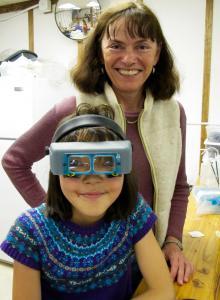As an anthropological archaeologist, Madonna Moss studies the long term history of Native Americans and First Nations of the Northwest Coast of North America, with a special focus on Tlingit and Haida and their ancestors. Her book, Northwest Coast: Archaeology as Deep History, moves beyond standard culture historical treatments to re-evaluate new archaeological data on the Northwest Coast within their larger socio-political contexts. With Aubrey Cannon (McMaster University), she co-edited The Archaeology of North Pacific Fisheries, which brought together studies from Alaska and British Columbia south to Puget Sound. Her current field and laboratory research in southeast Alaska concerns how use of animal resources is foundational to the cultural identity and heritage of indigenous groups, and how zooarchaeology can contribute knowledge to improve fish and wildlife management and simultaneously support Alaska Natives in their contemporary subsistence practices. Some of her work with Tlingit community scholars is available in Haa Atxaay aa Kustee Sitee, Our Food is Our Tlingit Way of Life published by the USDA Forest Service, Alaska Region. She has studied the use of shellfish, fish, birds, marine mammals and land mammals, the remains of which are found in archaeological sites. Recent papers consider the association of birds with stone artifacts known as crescents (Journal of World Prehistory), distinguishing salmon species using ancient DNA (Journal of Archaeological Science) and the study of ancient herring bones (PLoS One and PNAS). Her chapter in Shell Energy: Mollusc Shells as Coastal Resources, looks beyond subsistence to consider the social and symbolic meanings of shellfish to the Kwakwakawakw in comparison to the Tlingit. With Dongya Yang, Camilla Speller, and Antonia Rodrigues, Moss is currently investigating the aDNA of Pacific herring in Alaska with the ultimate goal of helping to restore this critical forage fish species. She is also working with Sealaska Heritage Institute on a sea otter project. Moss also serves as Curator of Zooarchaeology for the University of Oregon Museum of Natural and Cultural History and maintains a comparative collection of North Pacific specimens in the Department of Anthropology.
Lab Location: 264 Condon Hall

